Letter recognition Normal Phonics Worksheets for Ages 3-9
19 filtered results
-
From - To
Explore our engaging "Letter Recognition Normal Phonics Worksheets" designed for children ages 3-9. These interactive resources support early literacy skills by helping young learners identify and differentiate letters while strengthening their phonetic understanding. Our worksheets include fun activities that captivate children's attention, making learning enjoyable and effective. Perfect for homeschooling, classroom settings, or supplementary practice at home, these printables are crafted to align with early childhood educational standards. By using our resources, parents and educators can foster a strong foundation in reading and writing, ensuring children develop confidence in their abilities as they embark on their literacy journey.
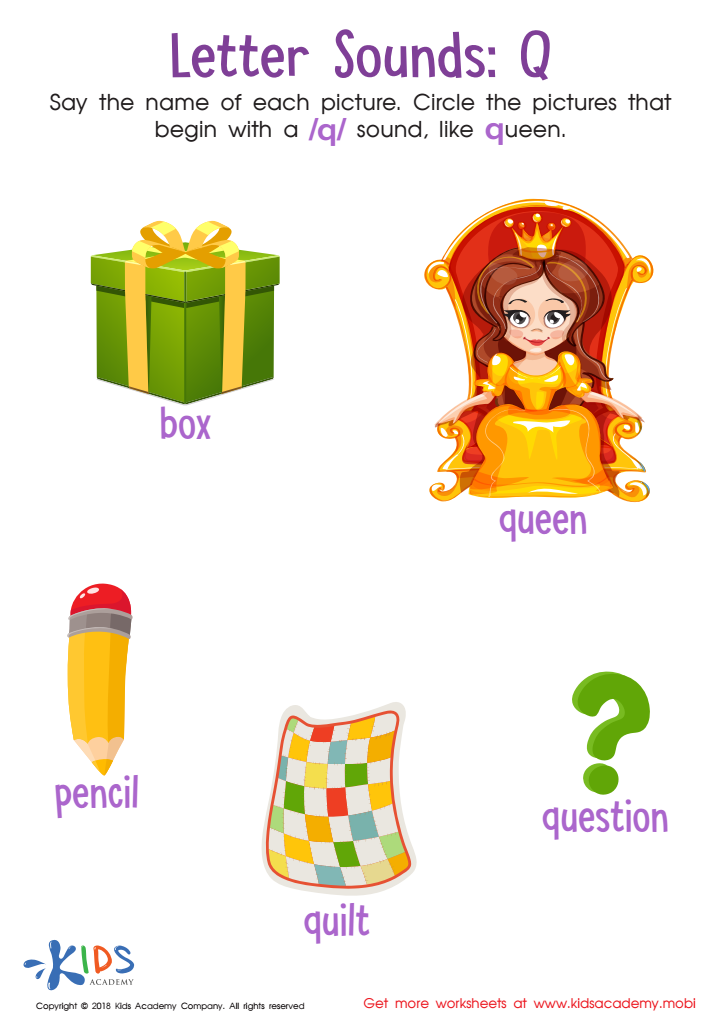

Letter Q Sounds Worksheet


Letter P Sound Worksheet
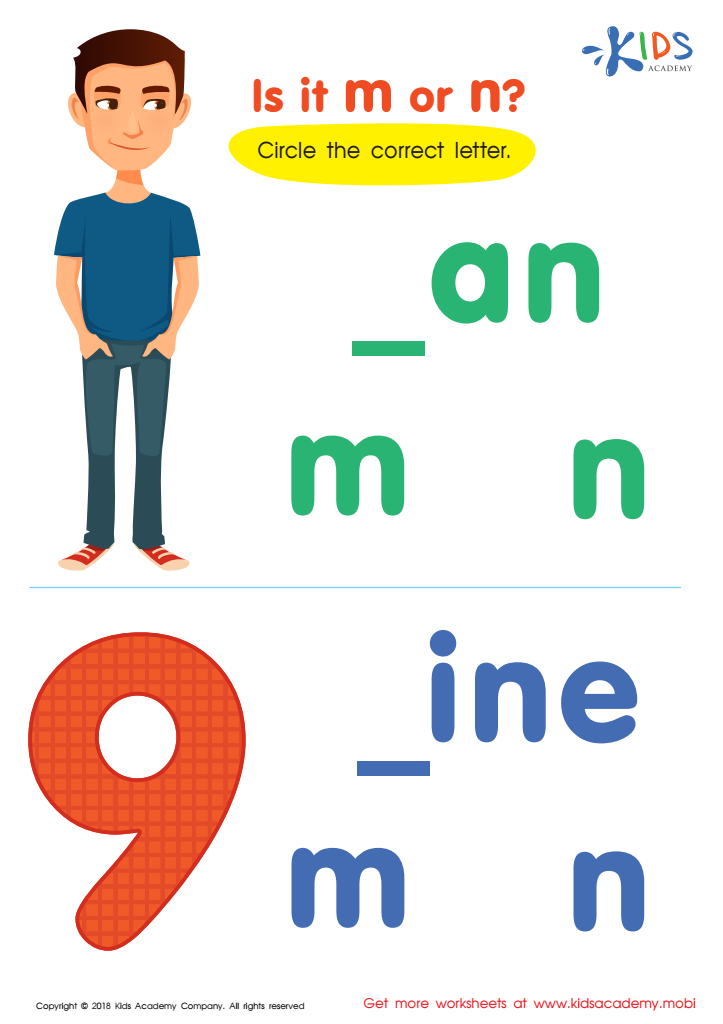

Is It m or n? Worksheet
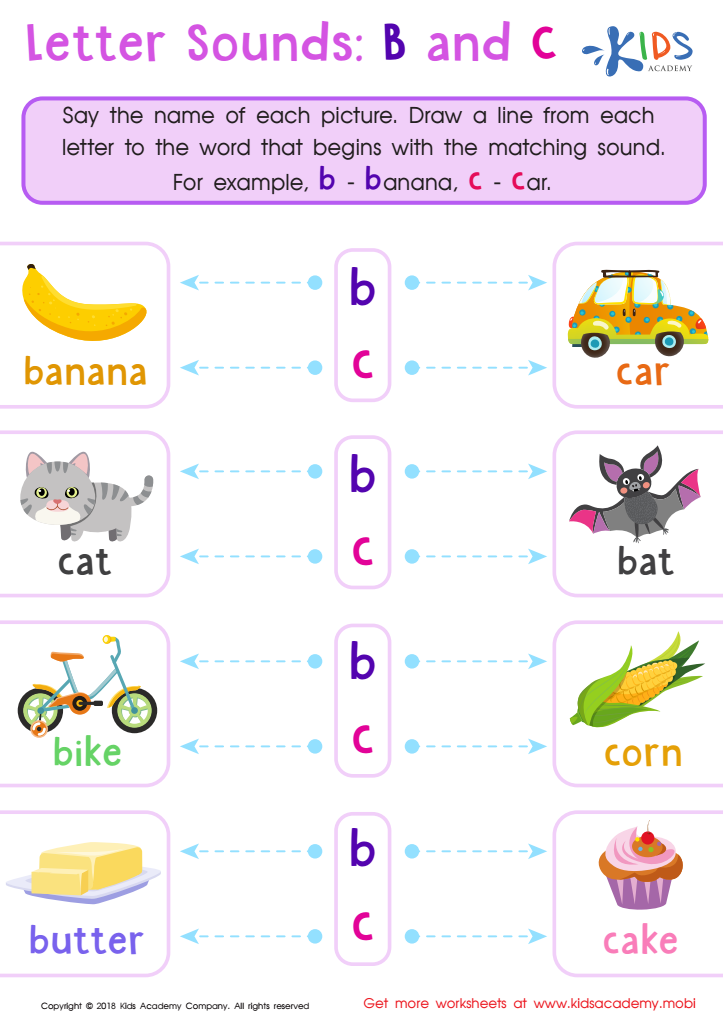

Letter B and C Sounds Worksheet
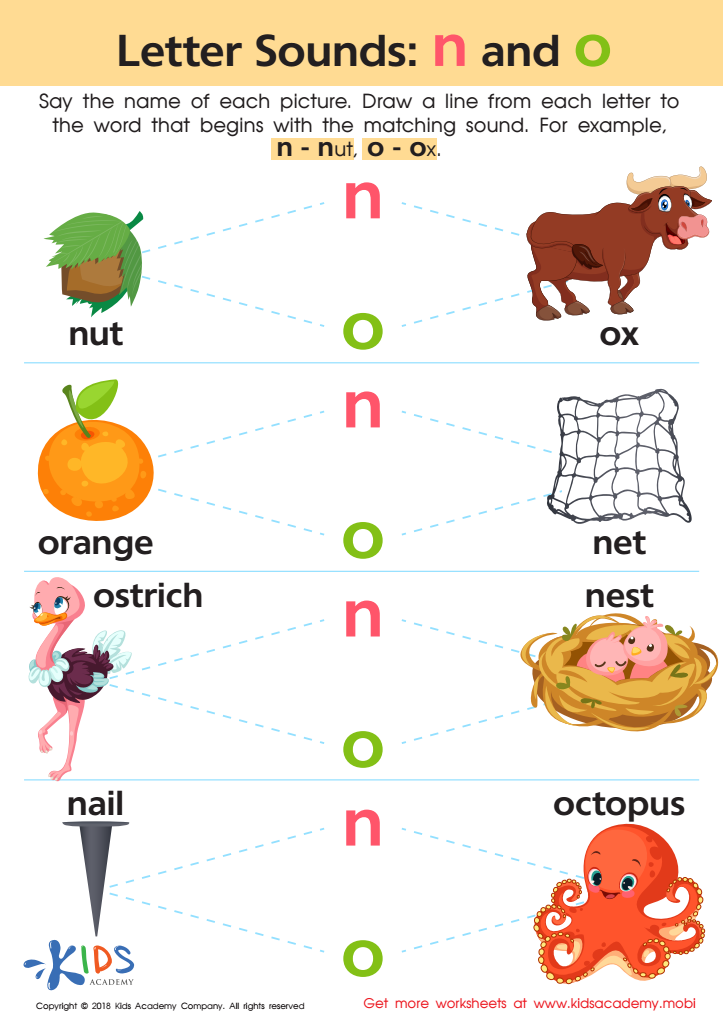

Letter N and O Sounds Worksheet
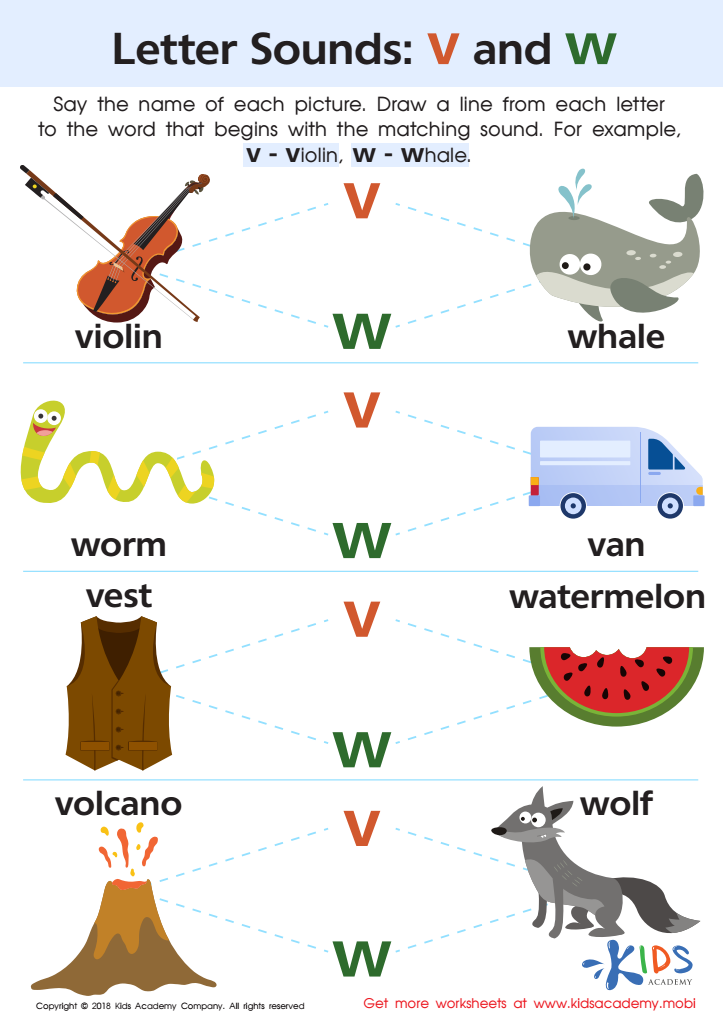

Letter V and W Sounds Worksheet
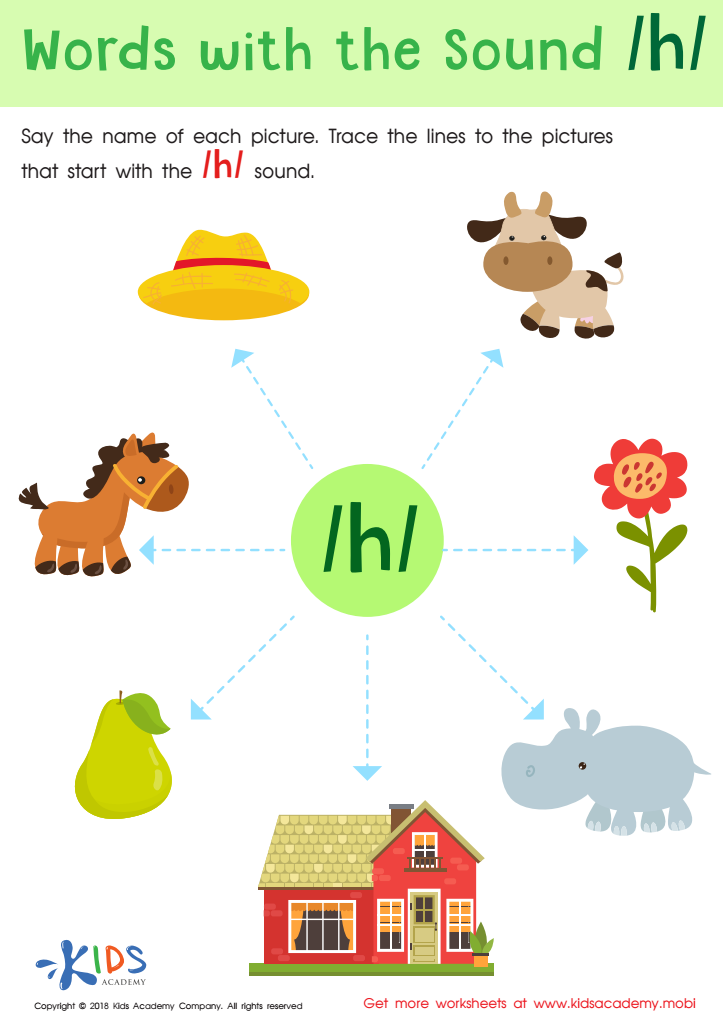

Words with sound h Reading Worksheet
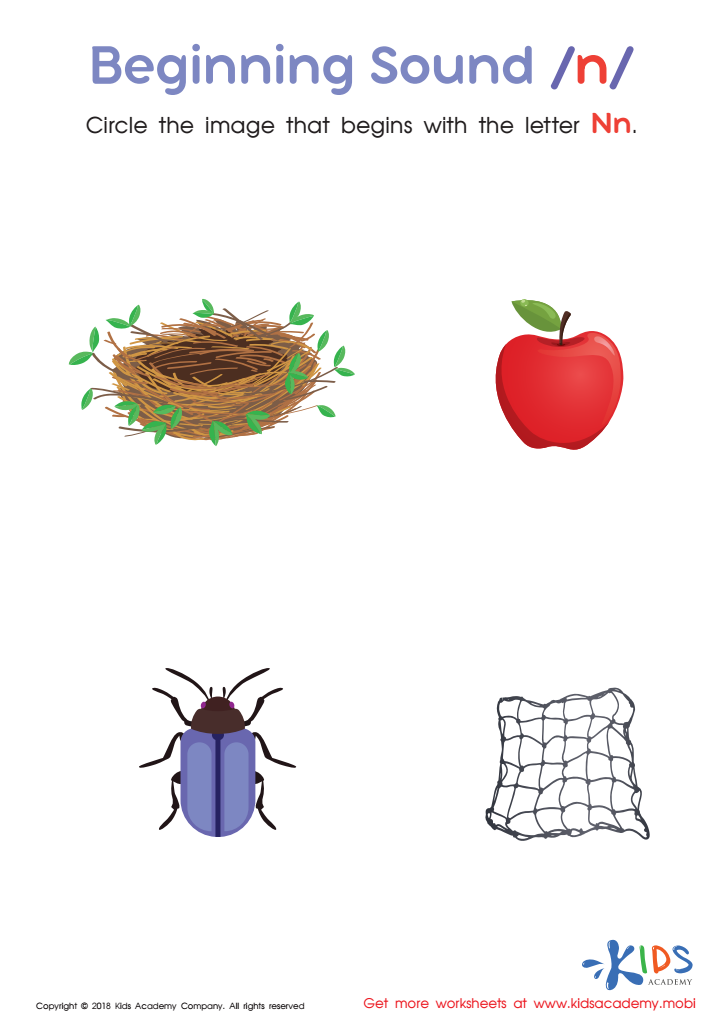

Beginning Sound «n» Worksheet
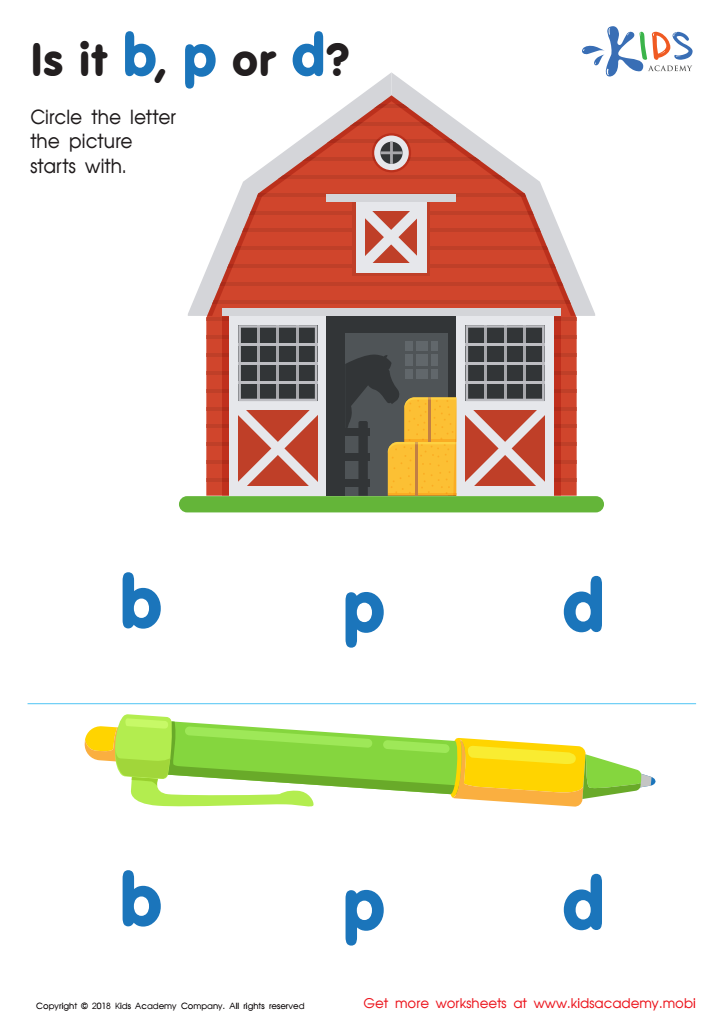

Is it b, p or d? Worksheet
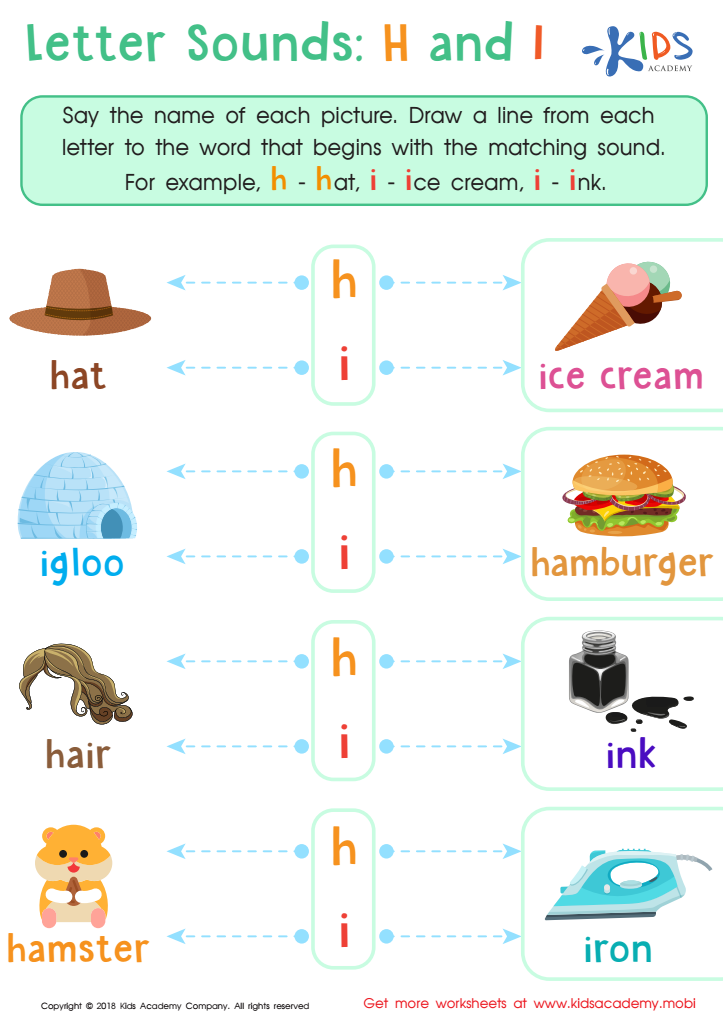

Letter H and I Sounds Worksheet


Long and Short U Worksheet
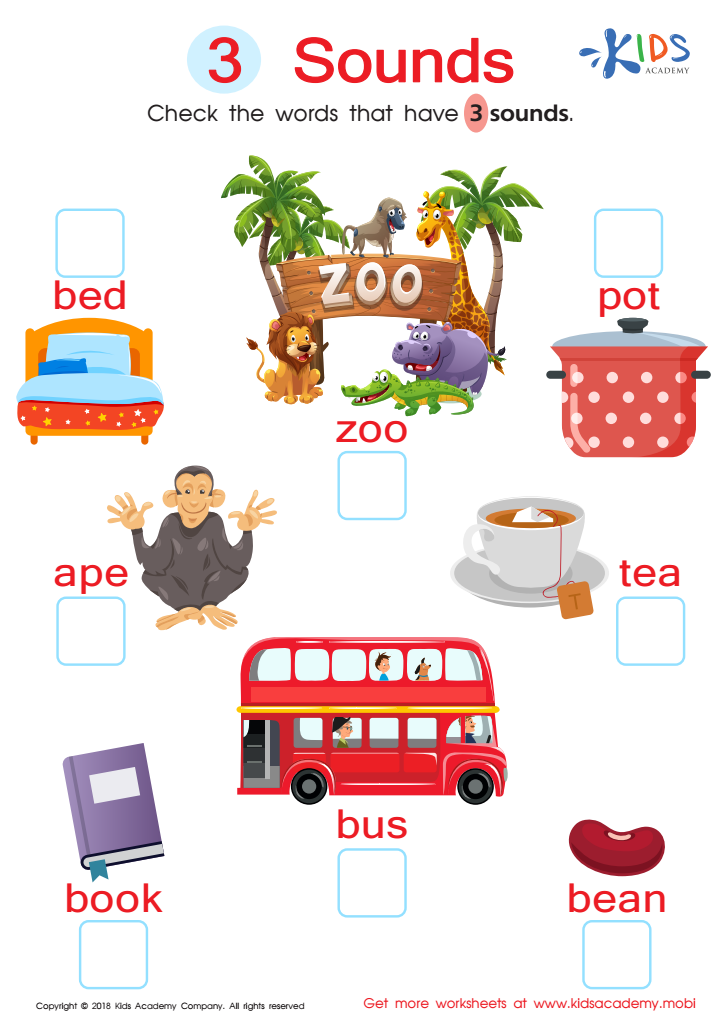

3 Sounds Worksheet
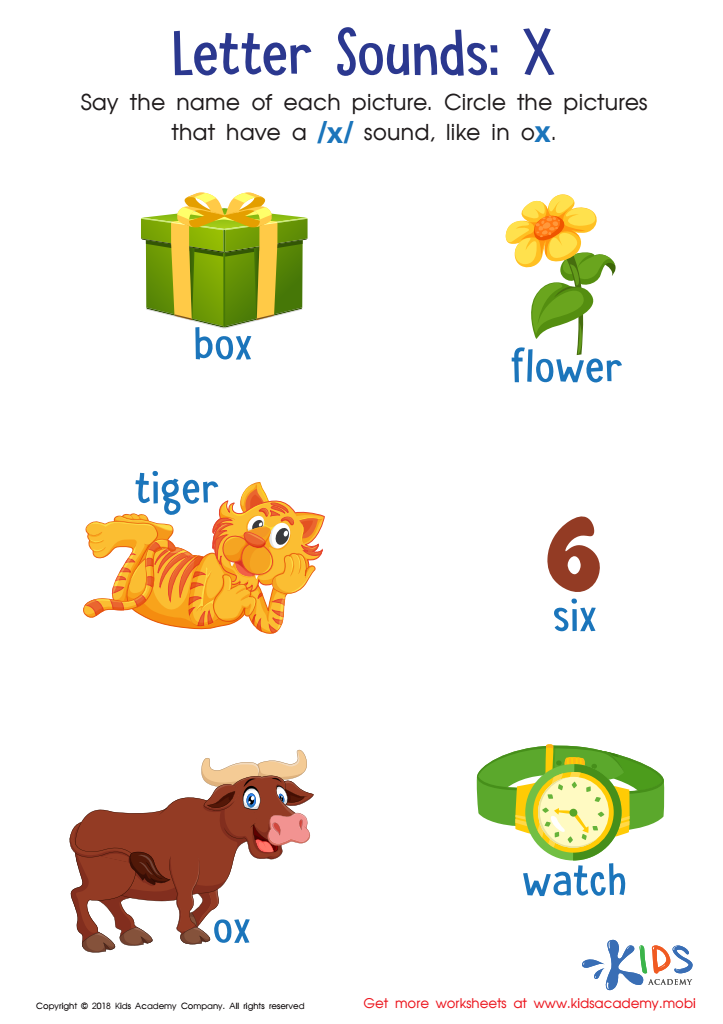

Letter X Sounds Worksheet
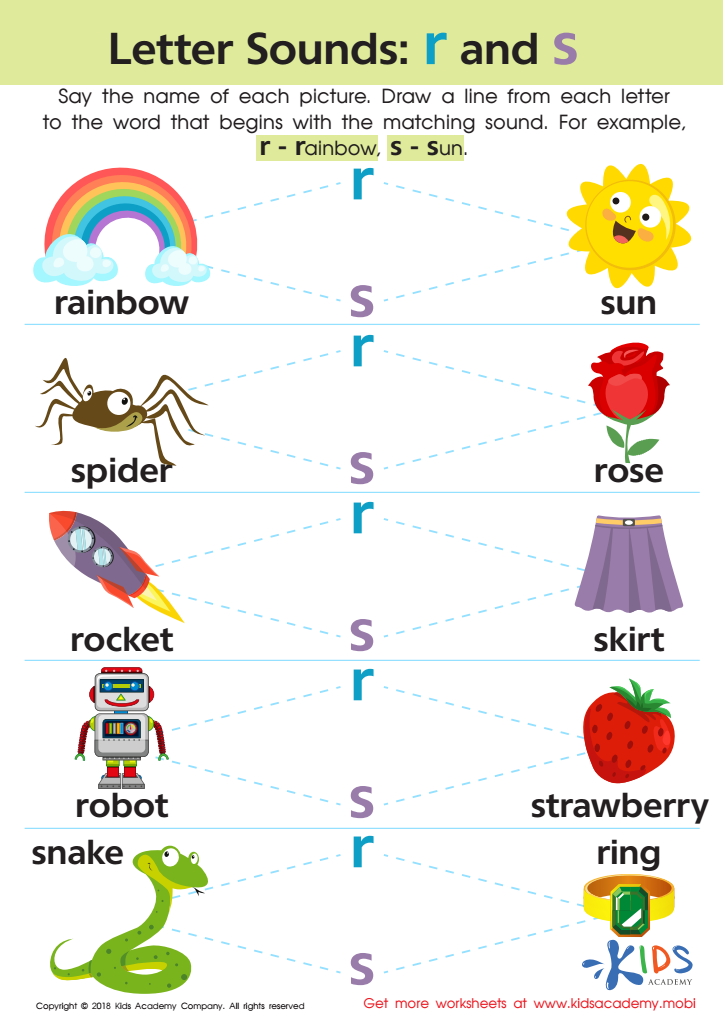

Letter R and S Sounds Worksheet


Letter l and M Sounds Worksheet


Long and Short E Worksheet
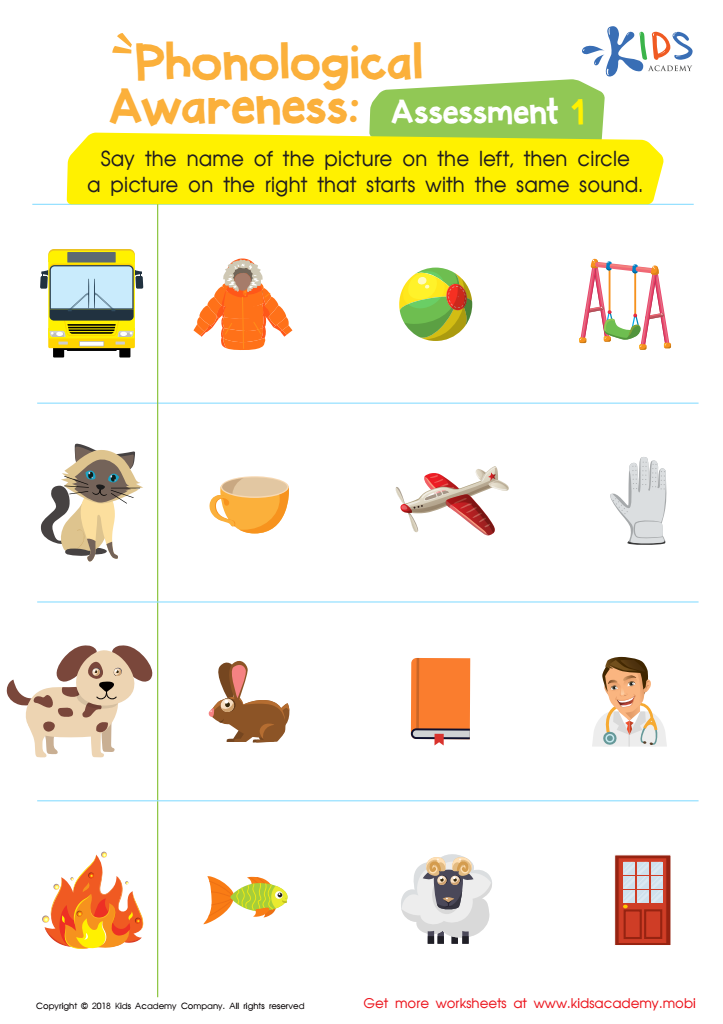

Phonological Awareness: Assessment 1 Worksheet
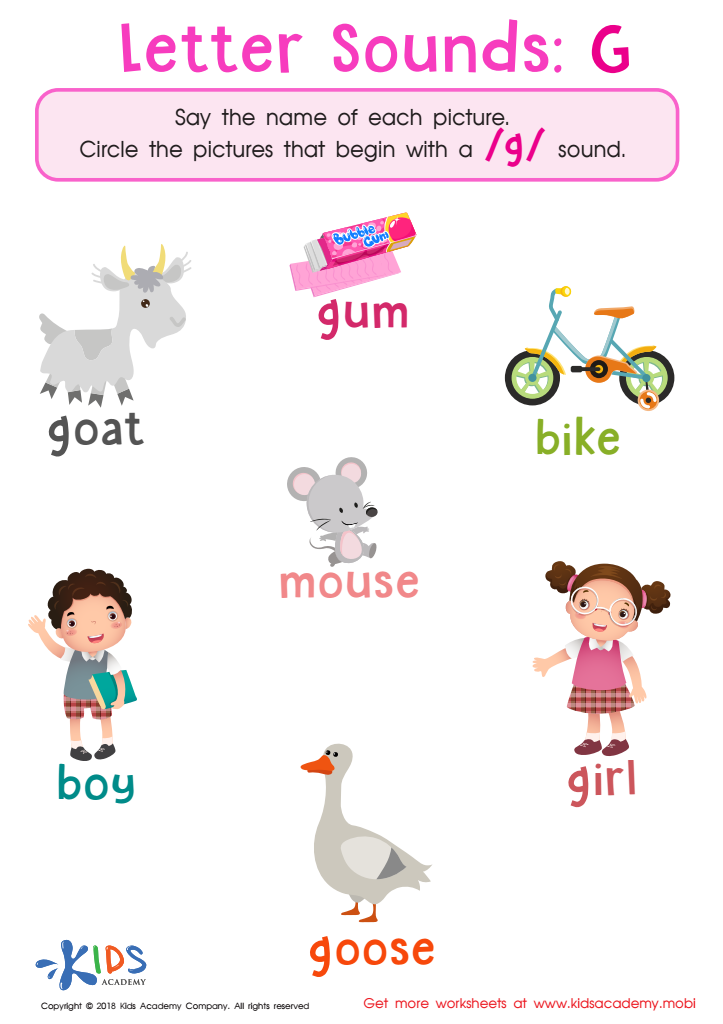

Letter G Sounds Worksheet
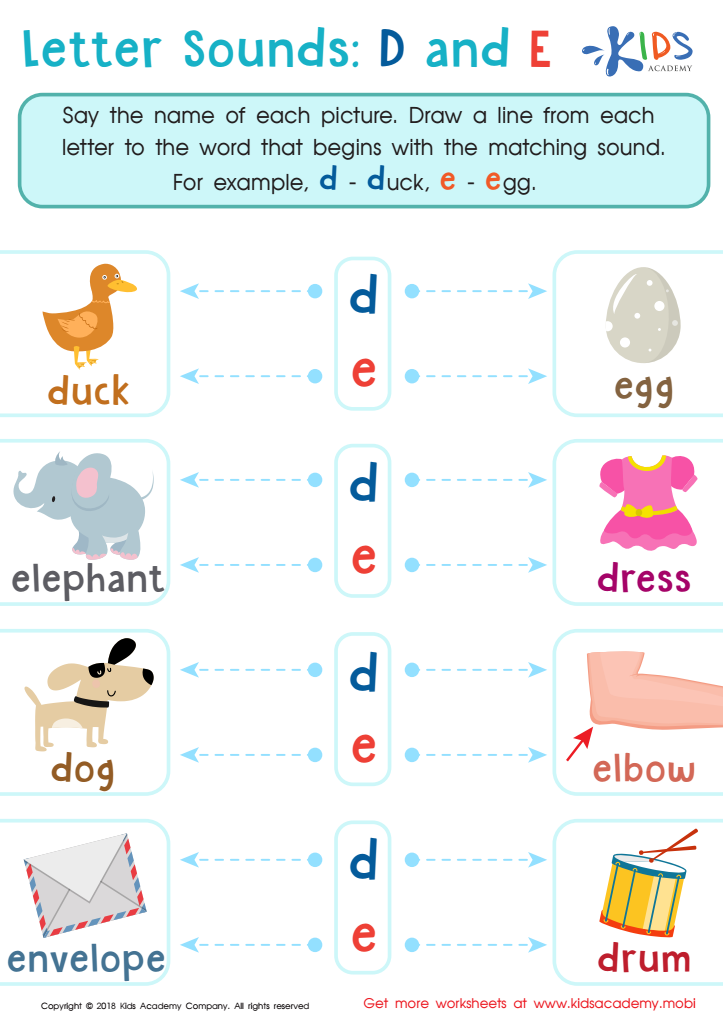

Letter D and E Sounds Worksheet
Parents and teachers should prioritize letter recognition and phonics for children aged 3-9 because these skills are foundational to literacy development. Mastery of letter recognition helps children identify, understand, and manipulate the letters that form words, which is crucial for reading and writing. Early exposure to phonics — the relationship between sounds and their corresponding letters — reinforces this understanding, allowing children to decode words independently.
Fostering these skills at a young age enhances vocabulary growth, improves comprehension, and boosts oral language development. Early readers often have greater academic success and confidence in their abilities, laying a strong foundation for lifelong learning. Additionally, active engagement in literacy activities, such as reading together and interactive games, promotes quality bonding time between parents and children, creating positive attitudes toward learning.
Moreover, with the rise of educational disparities, focusing on these essential skills can help bridge gaps for children who may lack access to resources. Ultimately, recognizing the significance of letter recognition and phonics in early education empowers parents and teachers to provide targeted support, enriching children's literacy journeys and setting them up for future success in an increasingly text-driven world.
 Assign to My Students
Assign to My Students

















